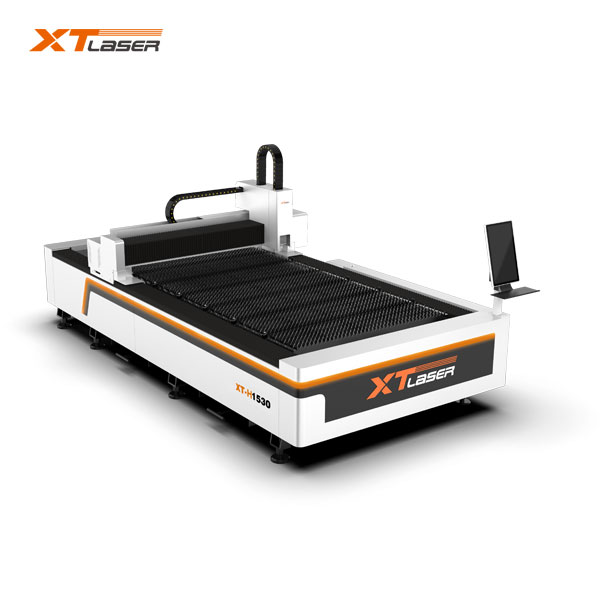CO2 vs Fiber Laser Technology: Which is right for you?-Chris
CO2 vs Fiber Laser Technology: Which is right for you?
Evolution of Fiber Laser Cutting Technology
Fiber laser cutting has been one of the most “disruptive” technologies introduced to the metalworking market. The CO2 lasers were first for cutting sheet metal back in the 1980s. Fiber laser cutting technology is a disruptive and “revolutionary” change. It has impacted the entire status in sheet metal fabrication. And the opportunities are easy to realize.
Over a relatively short period of time, we have seen the advances in Fiber laser cutting technology. It is for cutting flat metal sheets and plate. In just five years, Fiber lasers achieved the 4 kW cutting threshold. But, the CO2 lasers approximately costed four times as long to reach. After ten years, Fiber lasers have achieved the 10 kW to 12 kW range. And the CO2 laser cutting never did.
Advantages of Fiber Laser Cutting Technology
The primary advantages of cutting flat sheet metal with Fiber laser technology are its monolithic, Fiber-to-Fiber, compact solid state design configuration. Also, the maintenance is free. And it provides a lower cost of operation than CO2 lasers.
So, Fiber laser beam characteristics also provides for much faster cutting speeds than CO2 lasers.

For example, the focused beam of even a 2 kW Fiber laser demonstrates a 5X greater power density at the focal point. Also, it possesses a 2.5X greater absorption characteristic, because of the shorter wavelength of the Fiber laser.
As a result, in cutting speeds and in materials that are less than 1/4 inch thick, the higher absorption of the Fiber wavelength and the higher power density combine to achieve up to a five time increase
Why fiber laser
If you are running multiple lasers, perhaps you could consider replacing two CO2 laser cutting machines with one Fiber laser cutting machine.
The question of which technology is right for you really boils down to your operation. How well does the system fit your particular application? How much faster more cost effective are your parts going to be produced? With this in mind, it will be necessary to make a careful analysis of the pertinent data. It includes application range, operating costs, and the investment costs.
Whatever the final conclusion, don’t forget about the impact of this investment on your downstream processes.
Certainly knowing and preparing in advance, the front-end office systems will need to keep up with the productivity of the Fiber laser. It helps fabricators adjust their front-end processes to keep the Fiber laser cutting. Knowing that materials exposes to the Fiber laser cutter in a timely manner, so it will drive new efficiency in material handling and inventory. And knowing that increased cut part volumes need to be met with additional bending capacity, so it will help prepare the bending area for the increased volume. For fabricators using CO2 laser cutting systems, making the move to Fiber laser technology represents a huge window of opportunity that you should concern.
Emial: xintian152@xtlaser.com
WhatsApp/Wechat: +86 15634012352
Website: www.xtlaser.com



